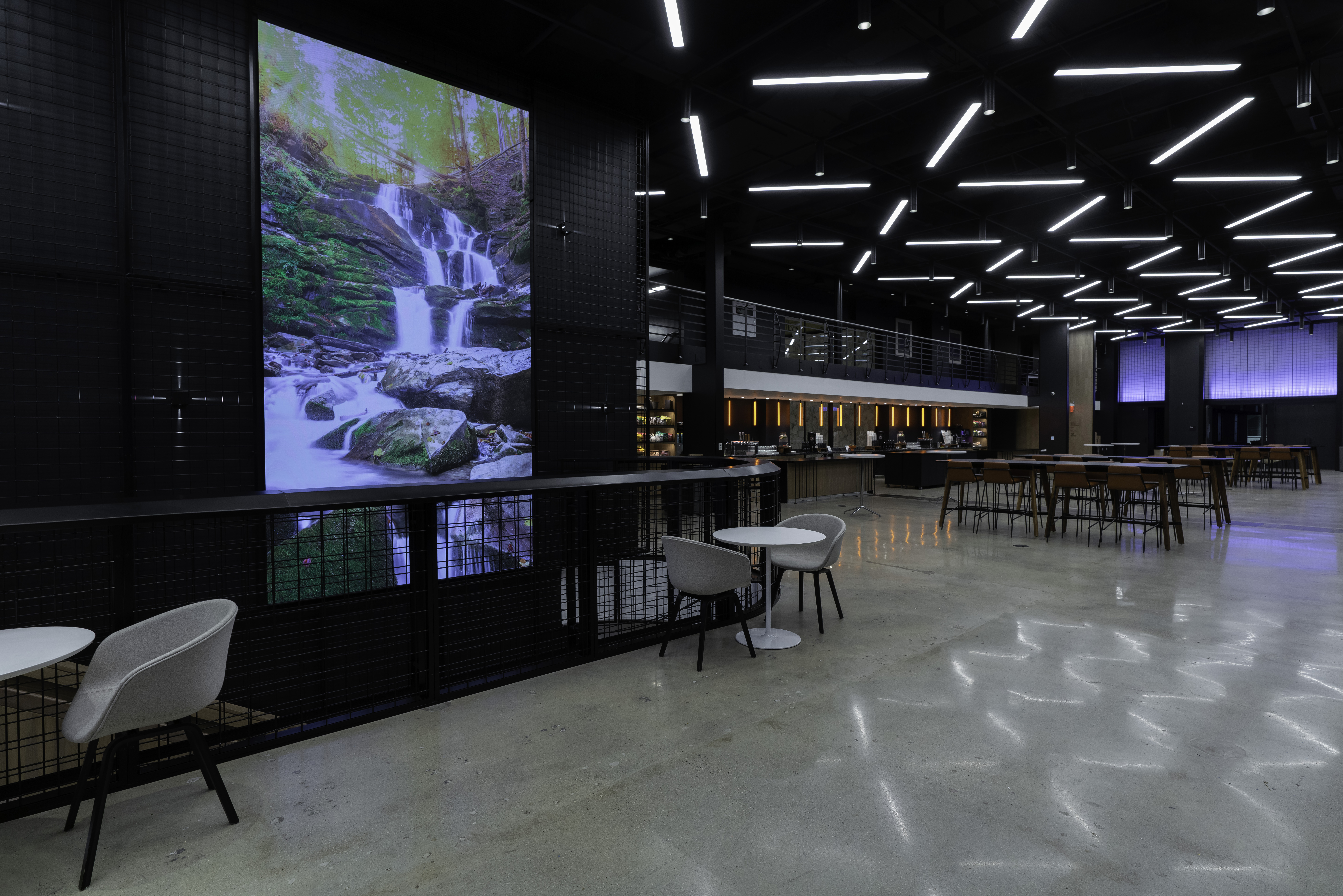The quality of the LED components plays a significant role in color uniformity. Various types of light-emitting diodes emit light at varying wavelengths, which can affect the overall color result. Premium LEDs are engineered to generate a more consistent light range, leading in improved hue precision. Additionally, the manufacturing method of these LEDs can impact their performance. Panels made with superior materials and technology tend to have fewer color variations, ensuring that the displayed images and videos look vibrant and true to life.

Calibration is another essential factor in preserving hue consistency in light-emitting diode wall panels. Calibration entails modifying the settings of the panel to ensure that the hues shown match the intended appearance. This procedure can include adjusting brightness, contrast, and hue equilibrium. Regular calibration is essential, especially in settings where illumination conditions change often. By tuning the panels, technicians can correct any discrepancies in hue output, leading to a more consistent observing encounter.
Environmental conditions also affect hue uniformity in light-emitting diode wall panels. Factors such as ambient light, heat, and moisture can influence how hues are perceived. For instance, intense surrounding light can wash out colors, making them appear try this website more lively. Similarly, harsh heat can affect the performance of the LEDs, resulting to hue changes. To mitigate these issues, it is crucial to place light-emitting diode wall panels in controlled environments where lighting and heat can be controlled efficiently.
Lastly, the design and layout of the LED wall panels can affect color consistency. The arrangement of the screens, as well as the distance from which they are viewed, can create variations in color recognition. When screens are arranged too distant apart or at varied angles, viewers may notice inconsistencies in color. To obtain the best optical output, it is important to consider the placement and alignment of the panels during installation. By addressing these elements, operators can guarantee that their light-emitting diode wall screens provide a uniform and superior visual experience.